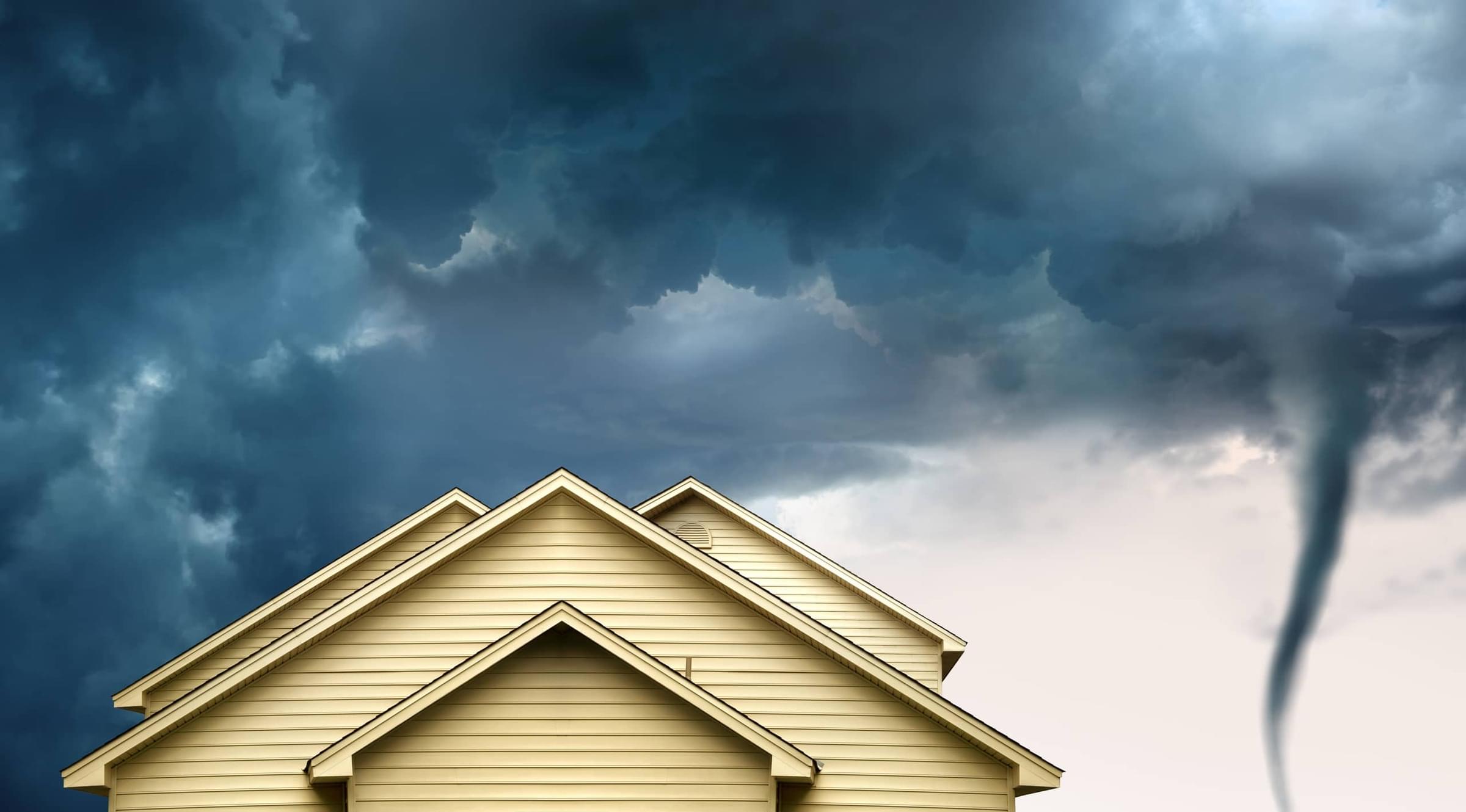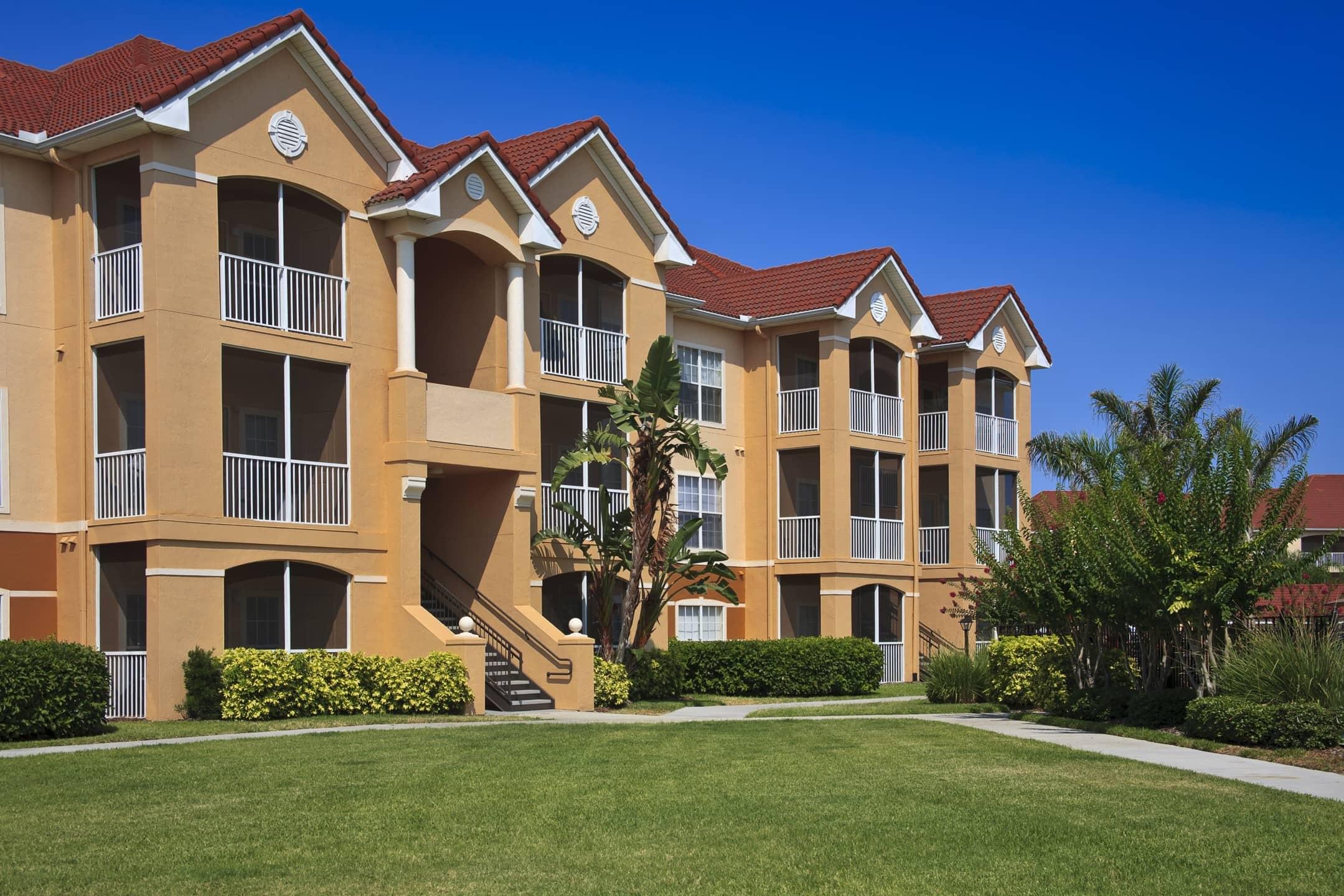What is hazard insurance?

In all likelihood, your home is the single most expensive asset you own, far exceeding the value of your car, savings account or stock portfolio. As a homeowner, you should protect that asset as much as possible, which is why taking out insurance is so integral to the homebuying journey.
But there’s more than just standard homeowners insurance to consider. Your lender may require specific hazard insurance to cover the costs of damage caused by fire, storms and other catastrophic events. Hazard insurance can give you plenty of peace of mind, but you’ll need to account for the added cost in your monthly mortgage payments and housing costs. Is hazard insurance worth the extra expense?
Hazard insurance: What it is and how it works
Hazard insurance isn’t a distinct type of insurance, per se, like flood insurance. In fact, you can think of hazard insurance as a subset of homeowners insurance. Most homeowners insurance plans include coverage for certain dangers like a tree falling onto your roof or burglars stealing your possessions. The specific clauses in your policy that cover those types of issues are considered hazard insurance.
This kind of coverage is a no-brainer for homeowners no matter where you live in the United States. While other types of insurance may be more necessary depending on the environmental risks in your area — like flooding or hurricanes — hazard insurance covers perils that could threaten any home. If your house or belongings are damaged as a result of those covered issues, you can file a claim to recoup some or all of those losses.
What does hazard insurance cover, exactly?
As part of your homeowners insurance policy, hazard insurance helps protect against a number of potentially expensive issues. The most common and noteworthy covered items include:
- Fire
- Theft
- Vandalism
- Strong winds
- Hail
- Snow and ice
- Water damage from leaks
Your homeowners insurance policy may specifically list dwelling coverage as part of its plan. This typically means that your hazard insurance will protect the structure of your home itself as well as any attached buildings on the property, such as a garage. Other structures like detached garages, fences and tool sheds may not be specifically included in your dwelling coverage but could be still covered as part of your broader homeowners insurance policy. When in doubt, be sure to read your policy and ask your insurance provider any questions you might have.
What doesn’t hazard insurance cover?
You’ve probably noticed that many of the threats covered by hazard insurance are weather-related. But it’s important to note that hazard insurance may not cover more extreme weather events and natural disasters. You may need to take out a separate policy for the following issues:
- Floods
- Sewer and water backups
- Earthquakes
- Landslides
- Hurricanes
About that last one: Because hazard insurance typically includes damage from high winds, hurricanes may be considered a covered threat in your policy. But that’s not always the case, and some insurance companies will exclude hurricane damage as a covered peril. Others may require policyholders to pay a higher deductible to file a claim for these kinds of storms. Depending on where you live and the level of risk you face, that may be well worth the added cost. Either way, it’s definitely something to think about when anticipating your housing costs after buying a new home.
Do you need hazard insurance to get a mortgage?
Anyone who’s taken out a home loan likely knows that purchasing homeowners insurance is an important step in the mortgage process. Lenders will not approve a loan if the borrower fails to get homeowners insurance. As we noted earlier, hazard insurance is typically included in a standard homeowners insurance policy. So, from that perspective, you will need to buy hazard insurance to satisfy those lending requirements and secure your home loan.
Your lender may even use the terms “homeowners insurance” and “hazard insurance” interchangeably, which can lead to some confusion. It’s easy to think you need to buy an additional hazard policy on top of your homeowners insurance, but that’s rarely the case.
Lenders are really only interested in protecting the value of the structure and ensuring that it remains in habitable condition. Coverage for stolen valuables, injury liabilities or lost possessions? Not so much. So, they require insurance to cover any hazards that might damage the home rather than your personal belongings. Your typical homeowners insurance plan will most likely take care of all your needs as far as meeting the terms of your mortgage agreement.
You can’t just get any old insurance policy, however. Lenders require hazard insurance because they want to be certain they can recoup the loan amount if a house is damaged beyond repair. As such, your hazard insurance policy will need to cover, at minimum, the value of the home loan and replacement of the structure itself.

How much does hazard insurance cost?
Because hazard insurance is a basic component of your homeowners insurance, the more appropriate question may be, “how much does homeowners insurance cost?” Unfortunately, there’s no simple answer to give because insurance companies consider a lot of different factors to calculate insurance rates and premiums. To make things even more complicated, insurance companies tend to be pretty secretive about their pricing policies. Having said that, these are among the most important criteria that an insurance provider may weigh to determine the cost of any given policy:
- Risk level: An older house that still has its original roof, for example, may be more at risk for costly leaks than a new construction.
- Environmental factors: If your home is situated in a flood zone or in the path of hurricanes, you may be faced with higher premiums to get the necessary coverage.
- Insurance claim history: Insurance companies will look at your past claims to determine the likelihood that you’ll file more in the coming years.
- Home features: Certain tools and equipment like sump pumps reduce the risk of damage from issues like leaks or flooding. As such, you may pay less in homeowners insurance if you have those features in place.
- Replacement cost: Simply put, the more it will cost the insurance company to replace damaged items or structures, the higher your insurance premiums will be.
- Optional coverage: Mortgage lenders only require hazard insurance that protects the home itself. Adding extra insurance cover issues like theft and liability will increase the cost of your insurance policy.
- Deductibles: Your homeowners insurance company may offer a few different policy options with varying deductibles. Depending on which plan you choose, those deductibles could drive up the price.
Because different insurance providers use their own systems to calculate premiums, it’s always a good idea to shop around and find the best deal. Unlike shopping around for a mortgage lender, you don’t need to worry about each company running a hard inquiry on your credit history and potentially affecting your credit score.
When to explore other types of hazard insurance
Think of hazard insurance as a general type of policy. It’ll cover your home for the most common perils you might face, like snow, ice and thunderstorms. Natural disasters are another story, though. You may find some overlap between hazard insurance and other policies, but there are some select scenarios where you need specialized plans to get expanded coverage:
- Floods: Hazard insurance will take care of burst pipes and leaky roofs, but it won’t help you if a nearby river or lake overruns and floods your home. Instead, you’ll need dedicated flood insurance to pay for any damages. If your home sits in a Special Flood Hazard Area, your lender will actually require a separate flood insurance policy. Be sure to look up a property’s flood zone if you are purchasing near a body of water.
- Sinkholes: Some areas of the country may be more prone to sudden catastrophic ground collapse, which is as bad as it sounds. If your home is at risk, you may want to look into buying a sinkhole insurance policy.
- Earthquakes: Homeowners living near an active fault line — like pretty much all of California — may want to consider purchasing an insurance policy that specifically covers earthquake damage.
- Hurricanes: As mentioned earlier, some hazard insurance plans may not make a distinction between wind damage and hurricane damage, but others will. You might have to pay extra to cover high winds and tropical storms. Keep in mind there’s no such thing as “hurricane insurance.” You need to address the threats posed by these extreme weather events individually. That means buying insurance that covers flooding, high winds and other hurricane-related problems.
- Landslides: You might think that an insurance policy covering earthquakes would also include sinkholes and mudslides. It’s all shifting ground, right? Well, that’s not the way insurance companies usually see things. You’ll most likely need to buy separate policies to cover each of these threats.
In conclusion
Hazard insurance may sound like its own separate policy, but it’s actually included in any standard homeowners insurance plan. These clauses cover a wide variety of common threats like fire, ice and theft. Thanks to hazard insurance, you can file a claim with your insurance provider to pay the cost of repairing or replacing anything that’s damaged or lost as a result of any covered peril.
Since hazard insurance is part of your homeowners insurance, you’ll need to show that you’ve purchased a policy when buying a house. Otherwise, your mortgage lender will not sign off on your home loan. You also need to be sure your hazard insurance covers the amount of your home loan to meet lender requirements.
If you need assistance finding an insurance provider to meet these lending requirements, just reach out to your loan officer for recommendations. Any additional questions regarding hazard insurance and what coverage you will need for your situation can be answered by your insurance provider.




